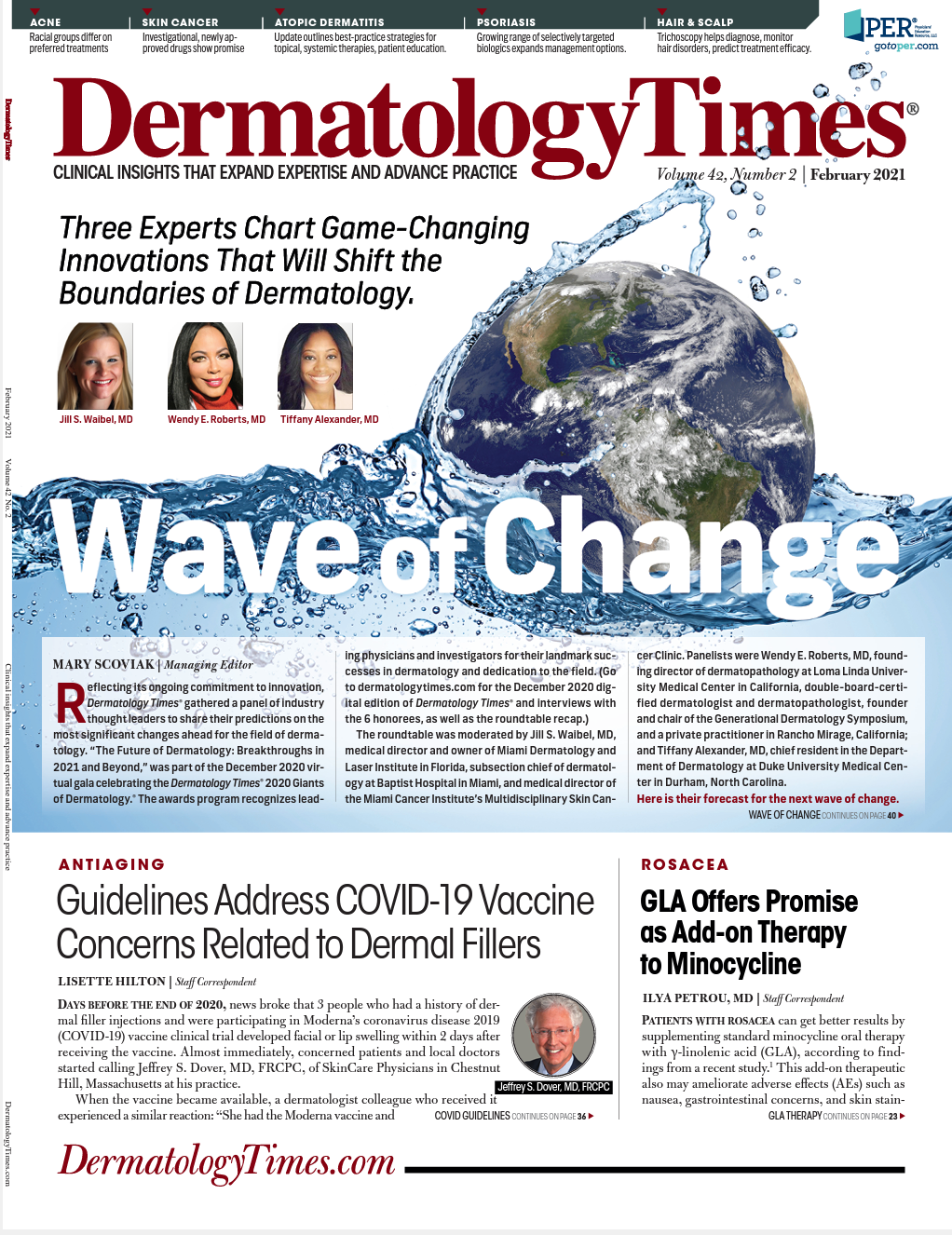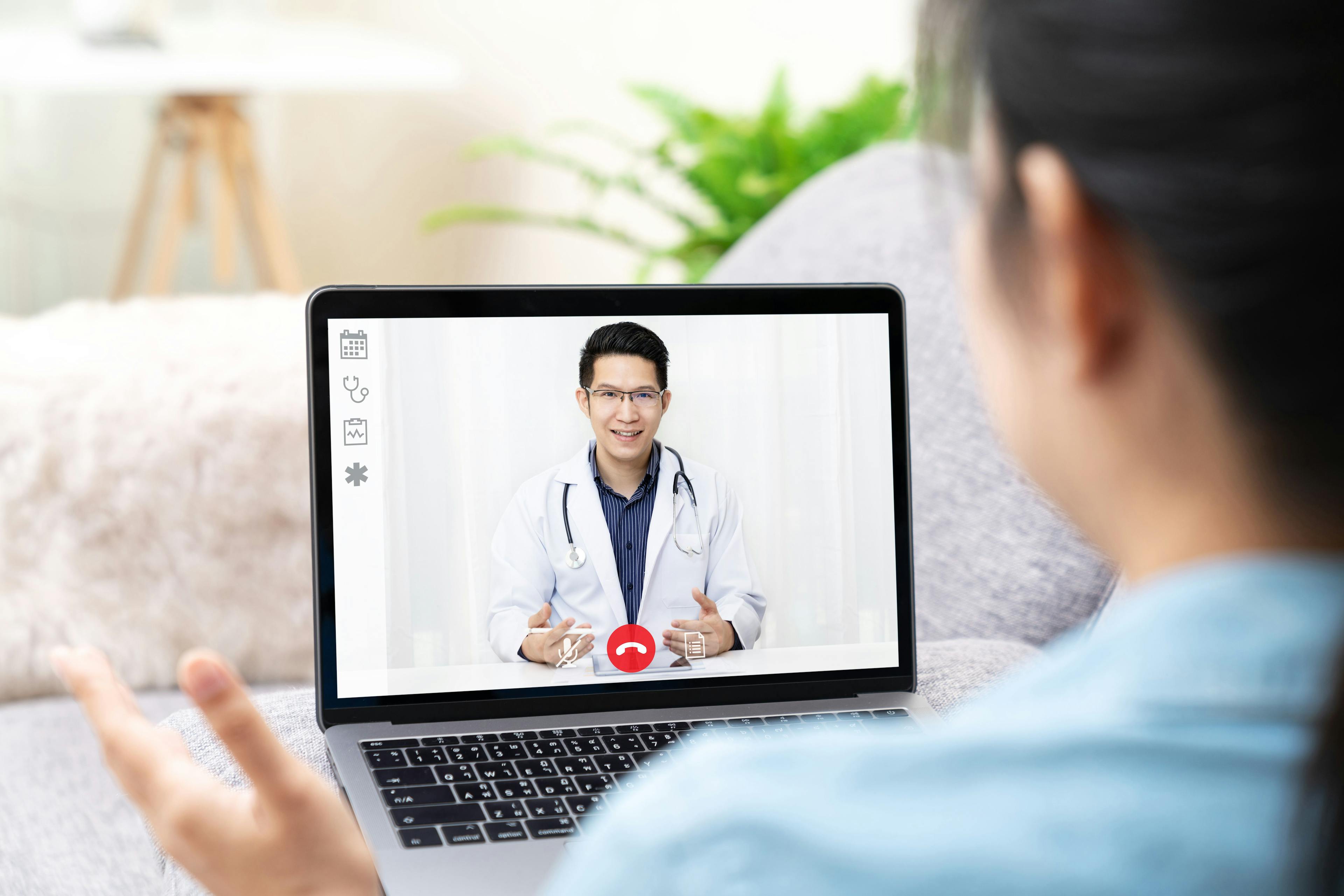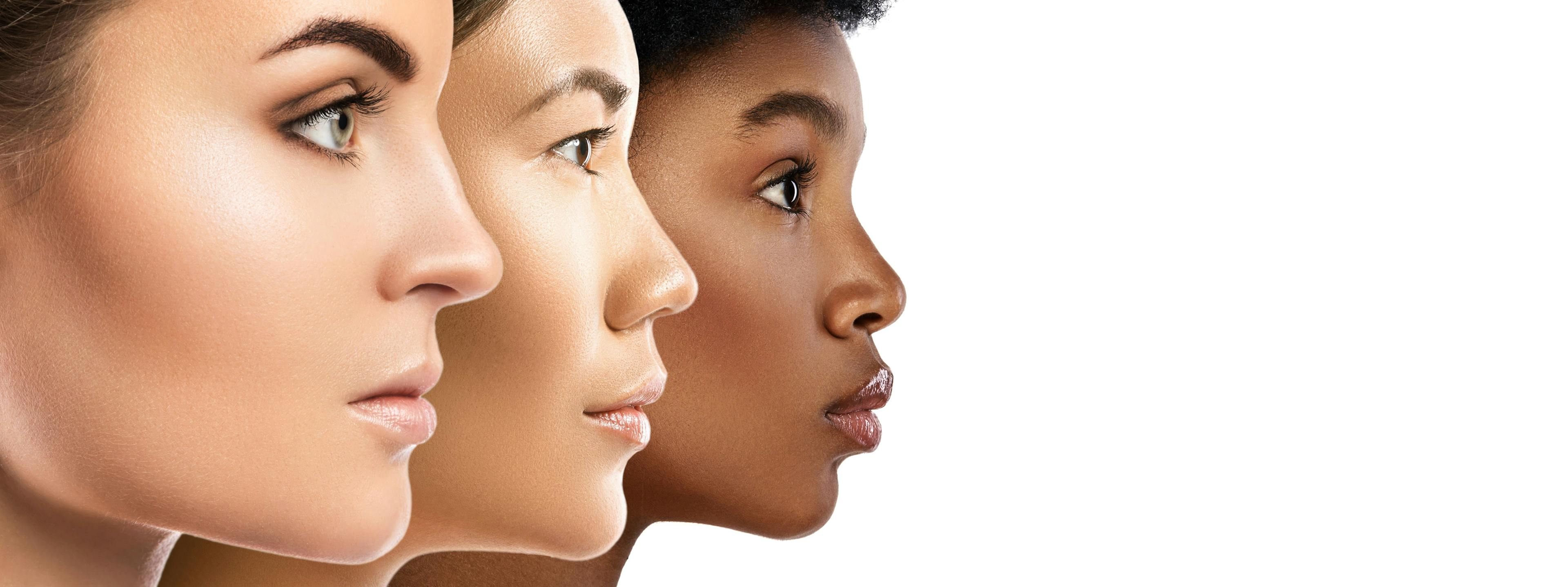- Acne
- Actinic Keratosis
- Aesthetics
- Alopecia
- Atopic Dermatitis
- Buy-and-Bill
- COVID-19
- Case-Based Roundtable
- Chronic Hand Eczema
- Chronic Spontaneous Urticaria
- Drug Watch
- Eczema
- General Dermatology
- Hidradenitis Suppurativa
- Melasma
- NP and PA
- Pediatric Dermatology
- Pigmentary Disorders
- Practice Management
- Precision Medicine and Biologics
- Prurigo Nodularis
- Psoriasis
- Psoriatic Arthritis
- Rare Disease
- Rosacea
- Skin Cancer
- Vitiligo
- Wound Care
Publication
Article
Dermatology Times
Investigators Take Global Look at Best-Practice AD Care
Author(s):
Several universal gaps in diagnosis and treatment of atopic dermatitis (AD) as well as real-world interventions for improvement are the focus of a ground-breaking report.
Several universal gaps in diagnosis and treatment of atopic dermatitis (AD) as well as real-world interventions for improvement are the focus of a ground-breaking report.1
“I’ve never seen this done anywhere else in dermatology,” said Eric L. Simpson, MD, professor of dermatology at Oregon Health & Science University (OHSU) in Portland and a member of the report’s steering committee. “It was a very ambitious goal—how to improve quality of care for patients with atopic dermatitis on a global scale.”
Assembled by KPMG, “Improving Quality of Care in Atopic Dermatitis” identifies gaps in areas ranging from patient awareness to physicians’ monitoring of long-term treatment (See Figure. 1). Based on literature reviews, input from AD experts, and visits to 32 care centers worldwide, the 734-slide report offers targeted interventions supported by hundreds of clickable case studies.

“They sent a team out for days to each center to interview everyone involved with care—not just the physicians but also the nurses and support staff—to find out their shared challenges and the approaches to care that make them leaders,” Simpson said.
The report highlights 10 good-practice interventions along the patient-care pathway and prioritizes:
- clinical diagnosis and assessment
- patient education and communication
- coordinated and structured multidisciplinary teams
- monitoring and evaluating care quality
- collaboration and exchange with patient groups
Dermatologists and primary care physicians are skilled at diagnosing AD, but assessing its severity poses challenges, according to Simpson. Anyone who sees patients with AD can benefit from at least one of the highlighted interventions.
“We’ve ranked the interventions they can bring into their practice as easy, medium, and difficult, so you can pick and choose which makes sense for your current situation,” he said.
An easy intervention could involve implementing a patient-reported outcome instrument.
“Using a feasible patient-reported outcome for a busy clinical practice, you can better understand disease severity and have better therapeutic discussions with your patients,” Simpson said. “That will provide overall better quality of care for your patients.”
Simpson said he was impressed by how much time providers at Centre Hospitalier Universitaire in Lyon, France, spent educating patients, both one-on-one and through an in-house curriculum.
“It’s not just a one-time thing,” he said. “I’ve learned from other universities and approaches that even use patients to educate other patients and to support other patients through navigating the medical system and social issues.” The report opened his eyes to the need for a broader team to support multiple aspects of patient health, he said.
Perhaps the report’s greatest impact will be to crush complacency. “We thought we had a great center. We see severe cases, and we have our established referral network,” Simpson said. But the report showed him that OHSU was nowhere near the mountaintop of multidisciplinary teamwork: “When you look globally, people have such a variety of approaches to the challenges. How do they educate and support patients? You can find the gold standard out there among these clinics and emulate them if it seems like it would work for your health system. I’m in the process of changing my practice based on this document.”
Previously, Simpson’s approach, which included having his own allergist and contact allergy specialist, involved easy and medium interventions. “The more challenging intervention that can potentially promote even better care is having a multidisciplinary clinic where patients see more than 1 specialist that’s important to their care,” he said.
Now his department is incorporating adult and pediatric allergists, plus a contact dermatitis specialist to provide patch testing. “It’s going to provide convenience for the participant and improve communication among all of us in 1 sitting,” he said.
The report spotlights OHSU’s close ties to the National Eczema Association (NEA), a relationship that gives patients a trusted source of education and updates on emerging therapies, as well as a way to connect with other patients, Simpson said. “The NEA has funded important research projects in our department. I would recommend that everyone not only use them but volunteer. It’s a win-win for providers and patients.”
Disclosure:
Simpson has been a consultant and investigator for Sanofi and Regeneron Pharmaceuticals.
Reference:
1. Improving quality of care in atopic dermatitis. Sanofi. October 2020. Accessed TK. https://www.sanofi.com/en/about-us/our-stories/Improving-Quality-of-Care-in-Atopic-Dermatitis#:~:text=The%20Improving%20Quality%20 of%20Care,management%2C%20and%20follow%2Dup

Newsletter
Like what you’re reading? Subscribe to Dermatology Times for weekly updates on therapies, innovations, and real-world practice tips.























